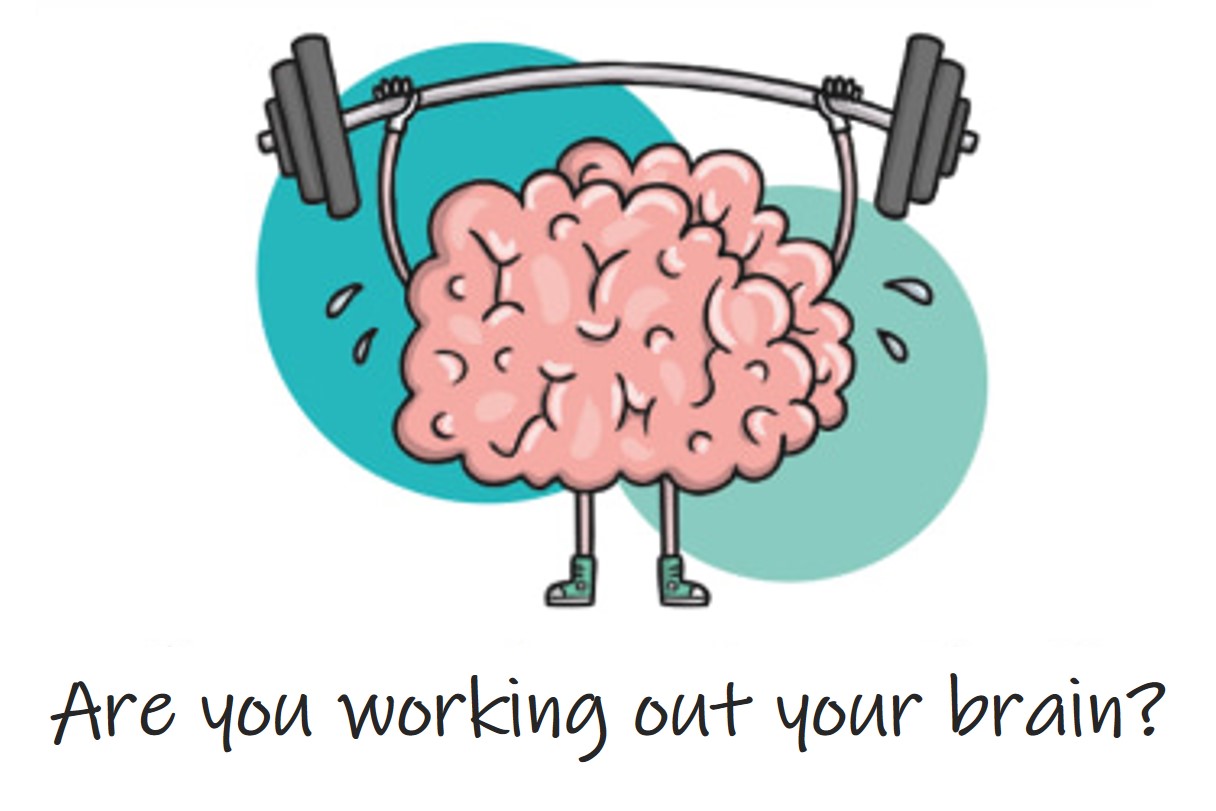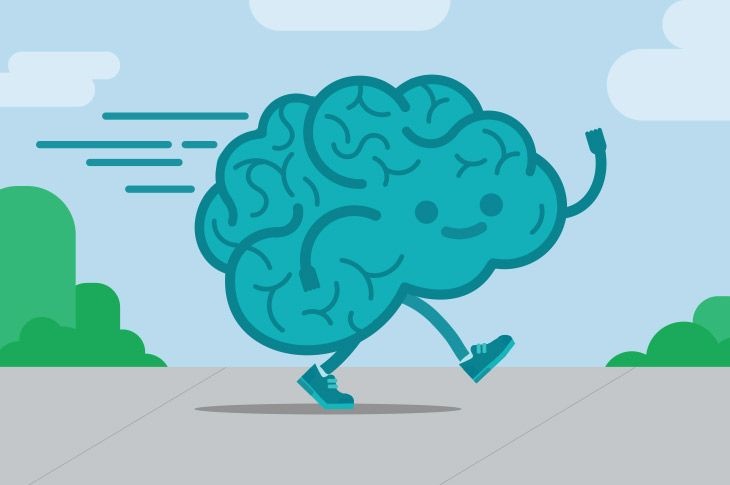Lacking blood flow to the mind can prompt numerous neurological issues, from gentle to serious. But there are many ways to increase the blood stream to the brain.
Your brain is just 2% of your total body weight, yet gets 15-20% of the overall blood supply. Your brain does a lot of things so it requires enough amount of energy and nutrients. A steady flow of blood to the brain gives oxygen, glucose, vitamins, minerals and other nutrients to your brain to survive and thrive.
The blood supply keeps your brain hydrated — critical since your brain is over 70% water. To do all this, one liter of blood flows through the 400 miles of blood vessels in your brain every minute! [Source]
But when circulation is restricted, brain cells suffer severe damage and can even die. Reduced blood flow flow puts your brain at risk of diseases like dementia and Alzheimer’s.
Certainly, maintaining sufficient blood flow to the brain is the most important thing for your brain’s health.
Symptoms of Poor Blood Flow to the Brain
Common symptoms of inadequate flow to the brain include:
Brain fog
Mental fatigue
Dizinness
Light headedness
Frequent headaches
Poor focus and concentration
Unhealthy nails
Relying on caffeine to kick brain
Cold nose, hands and feet
When there is a reduced blood flow, areas farthest from heart i.e. hands, feet and brain are most affected. But like hands and feet, your brain doesn’t have the gravity to help.
Some of the serious symptoms:
Vertebrobasilar circulatory disorders are diseases caused by low blood circulation to the back of the brain.
Other symptoms include slurred speech, blurred vision, muscle weakness, lack of coordination and tingling in the face. If you experience these symptoms, don’t take changes and consult your neurologist as soon as possible.
Seriously affected brain due to insufficient blood can lead to brain damage and even death.
Causes
Modern Lifestyle (one of the prime factor):
A sedentary lifestyle is as hazardous to your health as smoking. Sitting for prolonged period has linked to numerous diseases like excess body fat, high blood pressure, etc. which in turn negatively impact blood circulation. Physical inactivity is bad for your overall circulation
Caffeine Lovers:
If you are a frequent drinker of coffee or energy drinks during the workday, be aware that caffeine decreases blood flow to the brain by constricting blood vessels.
Smoking – a double whammy:
Not only does it reduce the flow of blood to the brain, it also decreases the amount of available oxygen.
Stress:
Dealing with chronic stress is a disaster for overall health including your brain health. Your heart rate increases, your digestion get affected, and blood flow is restricted to muscles — away from the brain.
Underlying Health Conditions:
If you have heart disease, diabetes, hypothyroidism, anemia, abnormal blood pressure, depression or have suffered a brain injury or traumatic stress, you’re at increased risk for reduced blood flow to the brain.
It is well known that high blood pressure is dangerous and low blood pressure is generally regarded as unproblematic. But when blood pressure is low, your blood literally can’t make its way into your brain to feed your neurons.
Ways to increase blood flow to the brain
 Physical exercise (#1 Priority) could be the single most important thing you can do for your overall health including brain health. Any exercise gets your blood flow sufficient to every body parts. Even a brisk walking and yoga are excellent options.
Physical exercise (#1 Priority) could be the single most important thing you can do for your overall health including brain health. Any exercise gets your blood flow sufficient to every body parts. Even a brisk walking and yoga are excellent options.
Music does a great help to your brain. Actually it can make you happier, smarter and more creative. And one of the ways music delivers these benefits is increasing your blood flow to the brain.
Meditation offers enough healthy effects to your brain including increased blood circulation. Research has confirmed that doing meditation for 12 minutes per day increases blood flow to areas of the brain involved in memory retrieval.
Acupuncture decreases inflammation, muscle tension and increases blood flow to the brain without raising blood pressure or heart rate.
Chewing gum increases blood flow to the brain and surprisingly it alters your brainwave pattern to put you in a more relaxed state.
The food, finally you eat really can make a difference in your circulation. Ginger, garlic, rosemary, and turmeric are spices that not only increase circulation but also make food more tasty. Researches have proved that chocolate increases cerebral blood flow and the effects last for several hours after ingestion.
And as a final tip, drink more tea than coffee. Because large amount of caffeine in coffee restricts blood flow to your brain.
In a nutshell
In a nutshell, maintaining enough blood circulation to the brain is one of the most important things you can do to keep your brain healthy and fit.







